Panasos is a village nestled within the Gortyna municipality, in the Heraklion regional unit on the island of Crete, Greece.The local economy centers around the cultivation of olives and grapes, and the village is particularly renowned for producing high-quality cherries. The village has a strong sense of community, with several churches serving as focal points for religious and social gatherings. The main churches are dedicated to Saint George, Saint Paraskevi, the Savior, the Virgin Mary, Saint John the Theologian, and Saint Nektarios. Panasos also boasts a primary school and a kindergarten, contributing to the educational needs of its younger residents.
Historical References
The origins of the village’s name are shrouded in mystery, with several theories proposed. One suggests that the name is pre-Greek and may derive from an ancient city of the same name, though no such city is mentioned in historical records. Another theory links the name to a local legend about two young Cretan lords named Pan and Assos, who remained friends despite falling in love with the same woman.
The village itself boasts a long history, with evidence of ancient settlements found in the surrounding areas. Remnants of ancient buildings have been discovered at the sites of “Lenika” and “Loutra,” the latter also being home to a sulfurous spring known as “Vromolimi.” In ancient times, the water from this spring was channeled through an aqueduct to supply bathhouses, traces of which can still be seen today.
The first documented reference to the village appears in a notarial deed from 1280, where it is mentioned as “Panasso.” In 1583, it was recorded in a census as “Banasso,” with a population of 319 inhabitants. The villagers played an active role in the Cretan Revolution of 1866 and later in the Greek National Resistance during World War II.
Location and Dimensions
Panasos is situated in the fertile Messara Plain, in the southern part of Crete. The village sits at an elevation of 450 meters above sea level and is known for its lush greenery, comprised of olive groves, vineyards, and fruit orchards.
Historical Significance
Panasos’s historical significance lies in its enduring presence as a rural community, shaped by centuries of agricultural practices and cultural traditions. The village’s participation in key historical events, such as the Cretan Revolution and the National Resistance, highlights its role in the broader narrative of Cretan history. Additionally, the archaeological remains at “Lenika” and “Loutra,” along with the ancient sulfurous spring, offer glimpses into the area’s rich past.
Population Data Over the Years
The 2011 census recorded a population of 179 inhabitants, significantly lower than the 319 inhabitants recorded in the Venetian census of 1583. This decline can be attributed to factors such as urbanization and emigration, as younger generations seek opportunities in larger cities.
Natural Beauty and Landmarks
Panasos is blessed with natural beauty, surrounded by picturesque landscapes of olive groves, vineyards, and orchards. The village is also home to a monumental olive tree, recognized by the Association of Olive Municipalities of Crete for its impressive size and age. This ancient tree, grafted onto a wild olive rootstock, boasts a magnificent embossed trunk with a root diameter of 4.5 meters and a circumference of 12 meters.
To the east of the village lies the unexplored cave of “Borothianon,” adding another layer of intrigue to the area’s natural and historical tapestry.
Current Status
Panasos remains a primarily agricultural village, with its residents engaged in the cultivation of olives, grapes, and other crops. The village’s renowned cherry production, once a significant source of income, has likely diminished in scale due to the aforementioned population decline and changes in agricultural practices.
The village faces the challenges of rural depopulation and the associated loss of traditional knowledge and cultural practices. However, efforts to preserve and revitalize the community are evident in the active cultural association and the ongoing maintenance of its churches, schools, and other community facilities.
The presence of the monumental olive tree, a testament to the area’s agricultural heritage, serves as a reminder of Panasos’s enduring connection to the land. Additionally, the unexplored cave of “Borothianon” holds the potential for future tourism and scientific exploration, offering a glimmer of hope for economic diversification and community development.
Village Key Points
- Location: Gortyna municipality, Heraklion regional unit, Crete, Greece
- Elevation: 450 meters above sea level
- Population: 179 inhabitants (2011 census)
- Historical Significance: Evidence of ancient settlements, participation in Cretan Revolution and National Resistance
- Current Status: Primarily agricultural village, facing challenges of rural depopulation
Access
Panasoss is 7.4 kilometers away from the town Zaros and 1.2 kilometers away from Agia Varvara















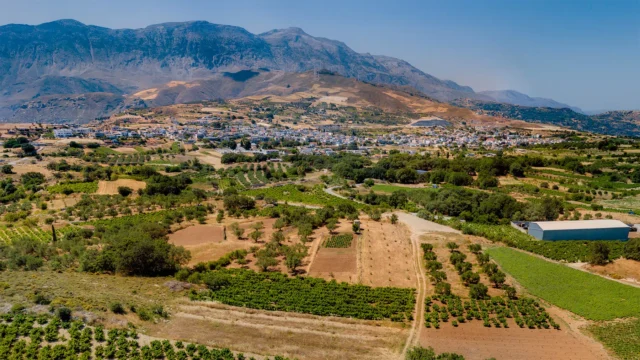

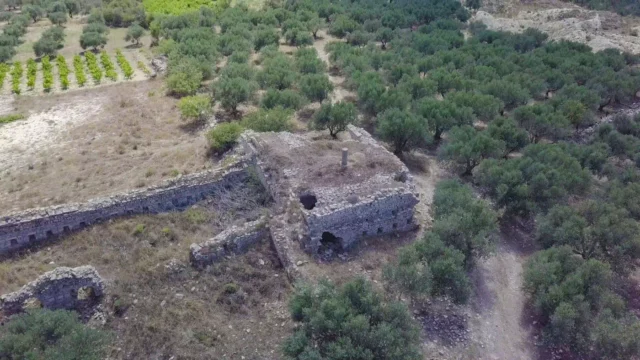
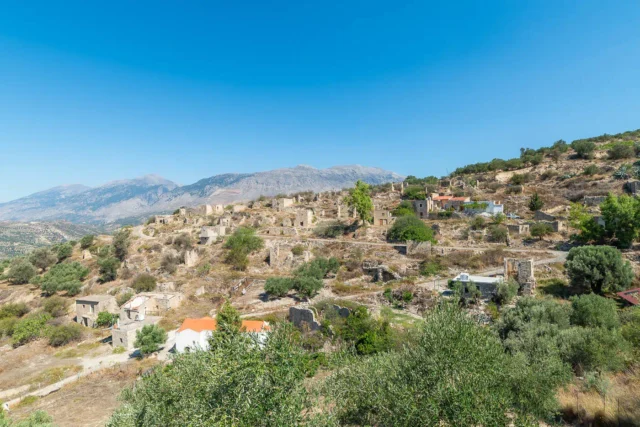

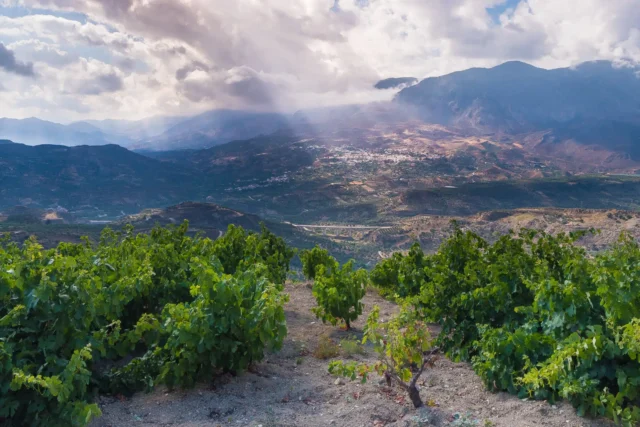


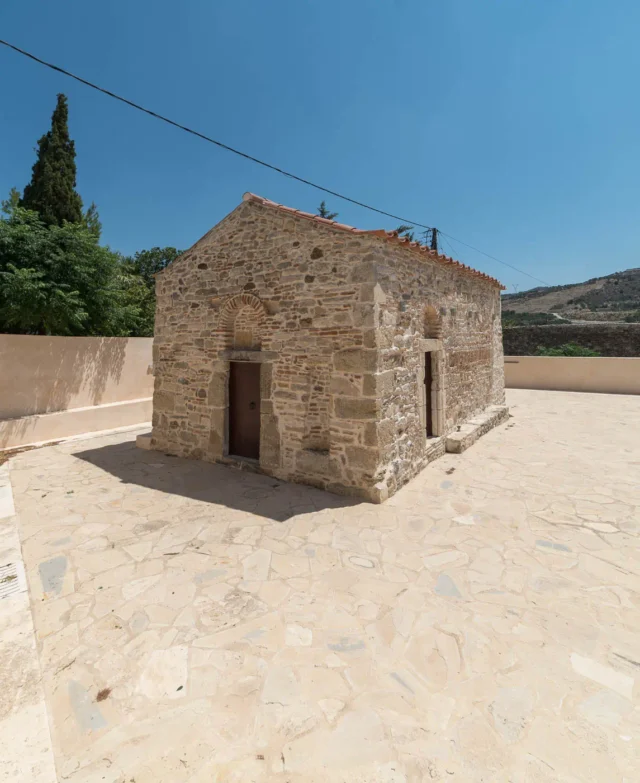
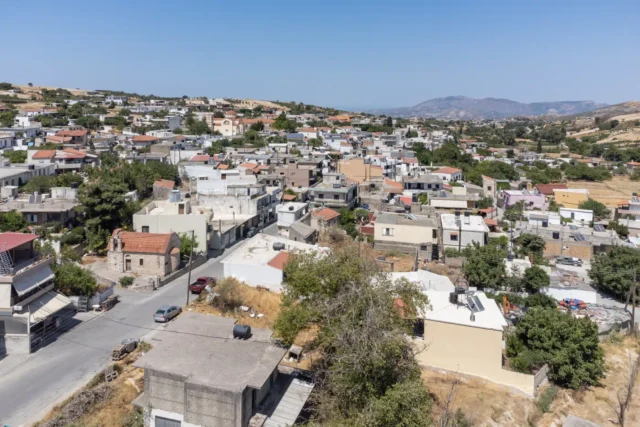

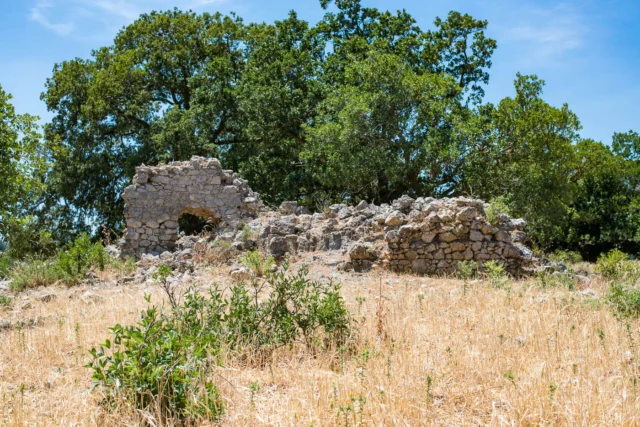

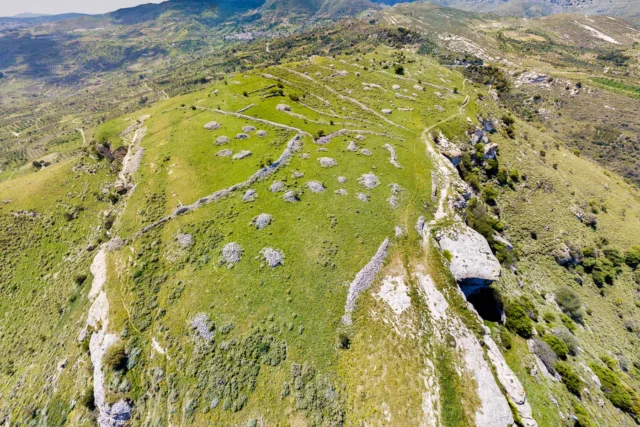
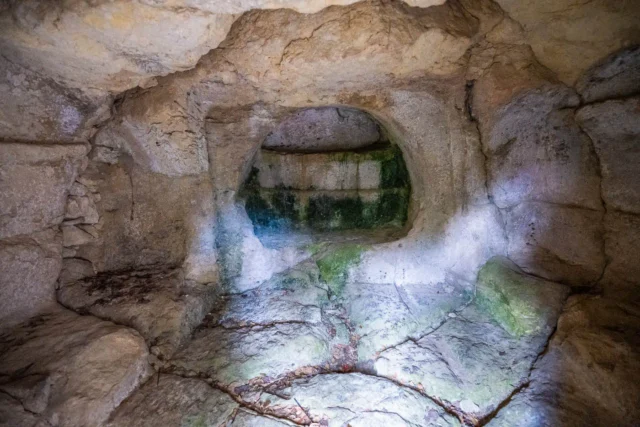

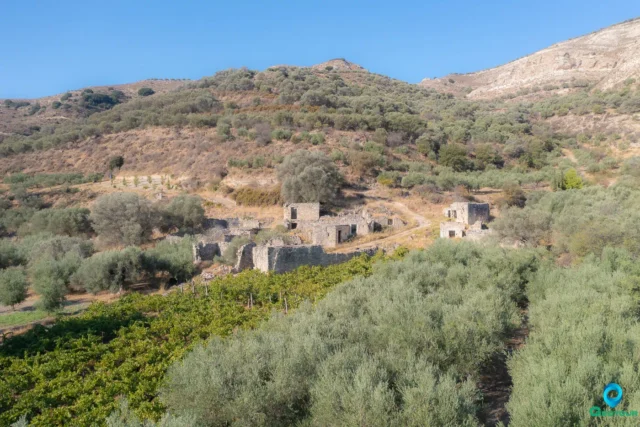
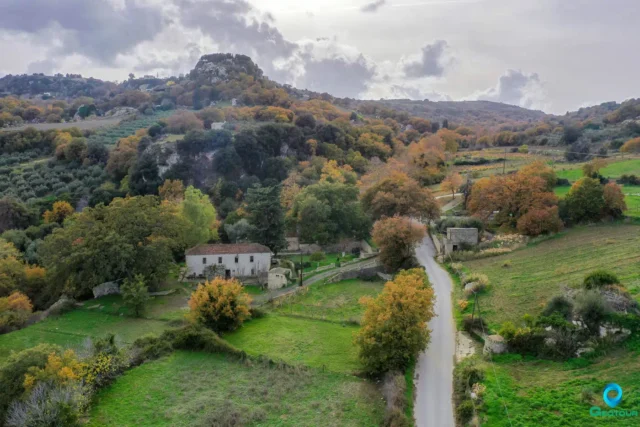

There are no comments yet.